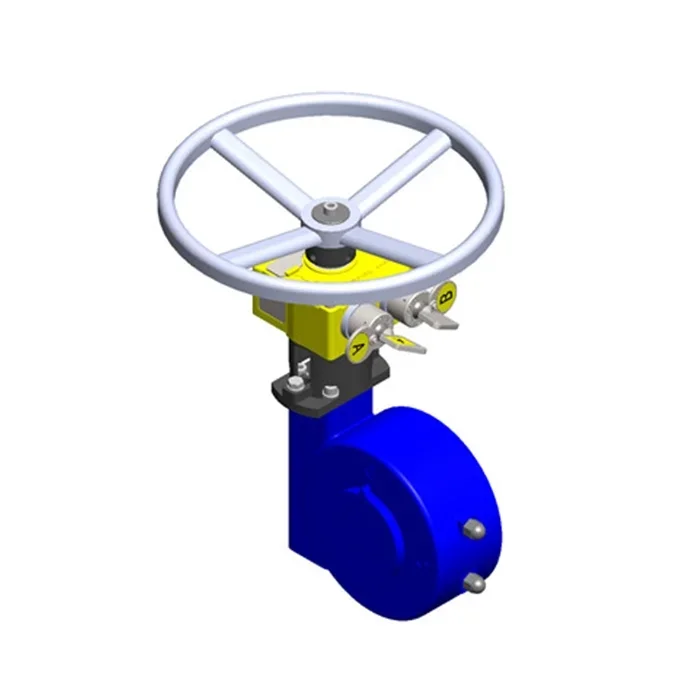A valve interlock is an important device used to ensure the safe operation of industrial equipment. It realizes the status control and monitoring of the valve through the cooperation of the interlocking mechanism and the control system, thereby avoiding operator misoperation and accidental damage to the equipment. This article discusses design and installation guidelines for valve interlocks and aims to provide some key guidelines to ensure reliable operation.

1. System design principles:
1. Safety first: The design of valve interlocking should take safety as the primary consideration. During the design process, the characteristics, process flow, and operational requirements of the equipment need to be fully considered to ensure that the system can effectively prevent the occurrence of dangerous events.
2. Flexibility and scalability: The system design should have a certain degree of flexibility and scalability to adapt to changes in different processes and equipment. At the same time, possible future upgrade and expansion needs should also be considered to reduce the cost of system maintenance and updates.
3. Reliability and stability: Valve interlocking should have a high degree of reliability and stability, and be able to operate normally under various environmental conditions. During the design process, it is necessary to fully consider the reliability requirements of the system and select appropriate components to ensure the stability and long-term reliability of the system.
2. System composition and functions:
1. Interlocking mechanism: The interlocking mechanism is the core component of valve interlocking. It controls and monitors the valve through logical control. The interlocking mechanism should have reliable action and feedback functions, be able to accurately judge the status of the valve, and take corresponding control measures in a timely manner.
2. Control system: The control system is the intelligent part of the valve interlocking. It controls and monitors the interlocking mechanism through programming and algorithms. The control system should have a friendly user interface and operation method to facilitate operator parameter setting and monitoring.
3. System installation and debugging:
1. Preparation before installation: Before installing the valve interlock, sufficient preparations are required. First, a comprehensive understanding and analysis of the equipment and process flow is necessary to clarify the function and performance requirements of the system; secondly, detailed installation plans and programs must be developed, including equipment layout, electrical wiring and pipeline connections; finally, preparations must be made Materials and tools required to ensure a smooth installation process.
2. Installation process: During the installation process of valve interlocking, the equipment needs to be arranged and connected according to the design plan. During the installation process, attention should be paid to protecting the integrity of the equipment and pipelines and ensuring the firmness and sealing of the connections. At the same time, necessary adjustments and calibrations must be made to ensure the normal operation of the system.
3. Debugging and testing: After completing the installation of the valve interlock, system debugging and testing need to be carried out. First, the interlocking mechanism and control system must be functionally tested to ensure that they can work properly; secondly, the sensors and actuators must be calibrated and tested to ensure they are accurate and reliable; finally, the overall system must be tested and verified to ensure The system can meet the design requirements.
The design and installation of valve interlocks are key to ensuring operational reliability. By following the design principles, rationally selecting components, and performing system installation and debugging, the reliability and stability of the system can be effectively improved. In practical applications, regular system maintenance and inspection are also required to ensure long-term reliable operation of the system. It is hoped that the guidelines provided in this article can be helpful to the design and installation of valve interlocks and provide guarantee for the safe operation of industrial equipment.
https://www.nudango.com/Valve-interlock-design-and-installation-guide-ensuring-operational-reliability.html










